Wyoming’s Surprising Satellite Manufacturing Boom
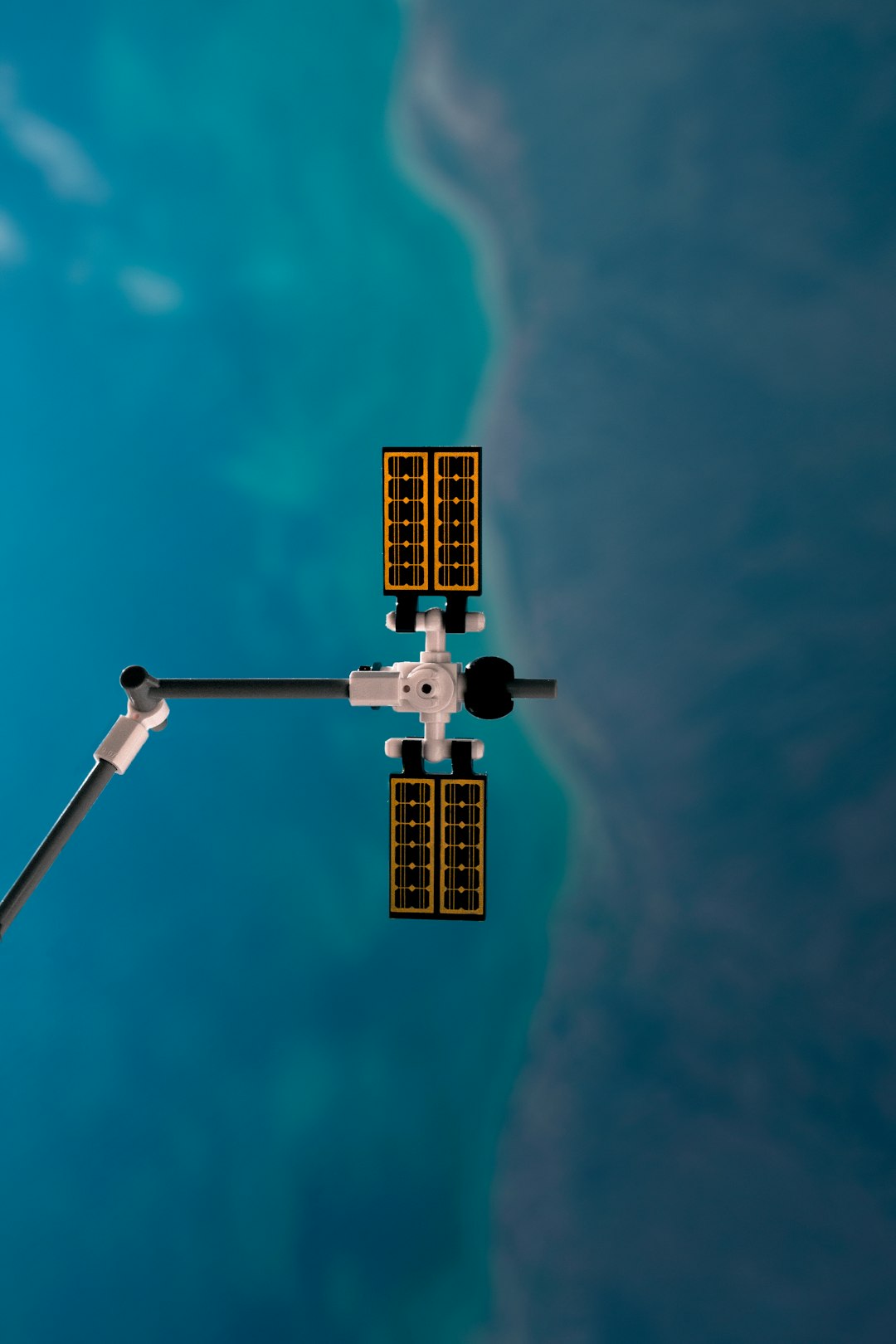
Wyoming has quietly emerged as a major player in satellite manufacturing, with companies like OneWeb choosing the state for its strategic location and business-friendly environment. The state’s low population density and minimal light pollution make it an ideal testing ground for satellite communications systems. According to recent data from the Wyoming Business Council, the state has attracted over $200 million in aerospace investments since 2023. Manufacturing costs are significantly lower than traditional aerospace hubs, with companies reporting savings of up to 30% on operational expenses. The state’s proximity to major launch facilities in Colorado and its skilled workforce from the energy sector have proven invaluable for space technology development.
Vermont’s CubeSat Revolution
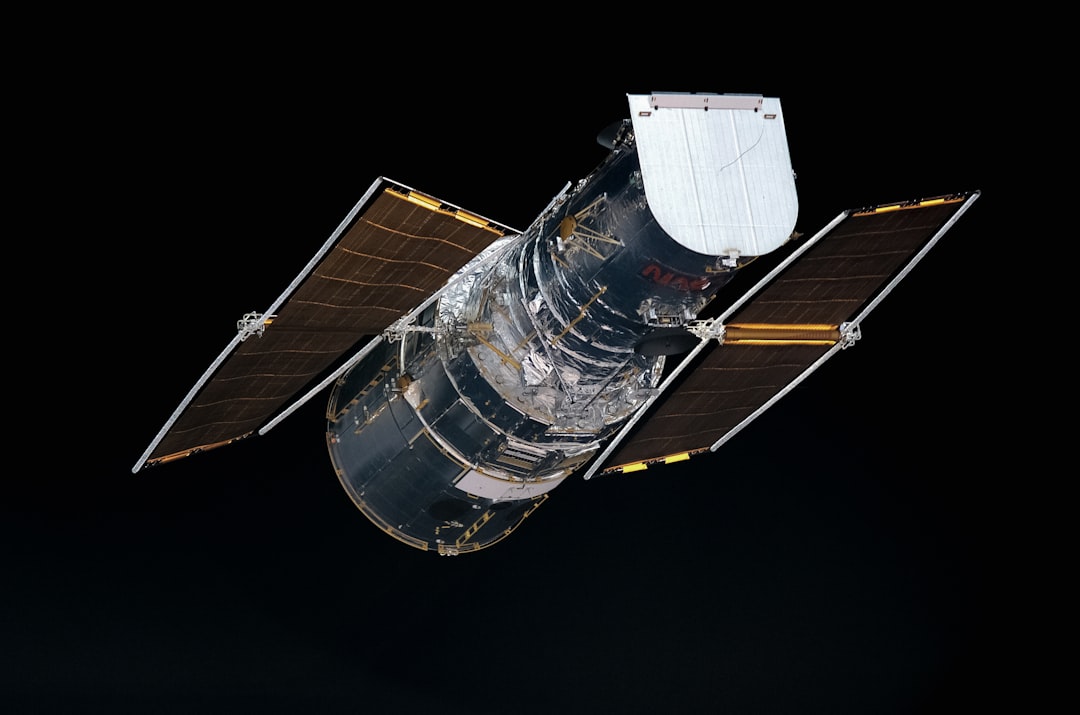
Vermont has become an unexpected leader in small satellite technology, particularly in CubeSat development and deployment. The state hosts several innovative companies that specialize in miniaturized space systems, with Vermont-based firms launching over 50 CubeSats between 2023 and 2024. The University of Vermont’s Space Science and Engineering Program has partnered with NASA on multiple missions, contributing to climate monitoring and Earth observation projects. Local manufacturers have developed cost-effective production methods that have reduced CubeSat manufacturing costs by nearly 40% compared to industry standards. The state’s commitment to environmental monitoring has driven much of this innovation, with Vermont-built satellites now tracking everything from forest health to agricultural patterns.
Delaware’s Space Finance and Legal Framework
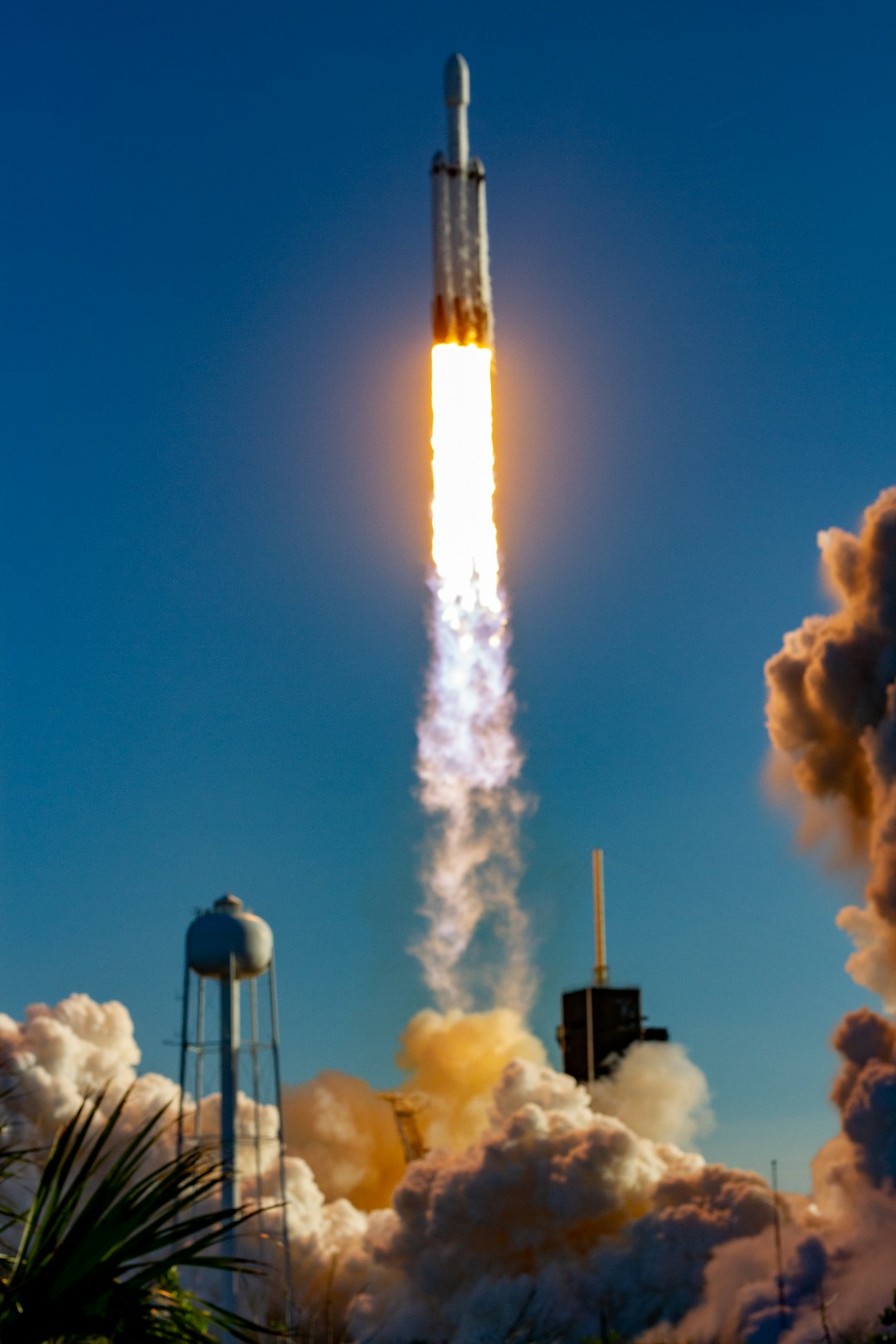
Delaware has positioned itself as the financial and legal hub for space commerce, with over 60% of space-related companies incorporating in the state as of 2024. The Delaware Space Settlement Act, passed in 2023, provides comprehensive legal frameworks for space resource extraction and property rights. Major space ventures have chosen Delaware for its established business courts and expertise in corporate law, with companies like SpaceX and Blue Origin maintaining significant legal operations there. The state’s Chancery Court has handled several high-profile space industry disputes, establishing important precedents for space commerce. Financial institutions in Delaware have facilitated over $3 billion in space-related investments and acquisitions in the past two years, according to the Delaware Economic Development Office.
New Mexico’s Spaceport Success Story
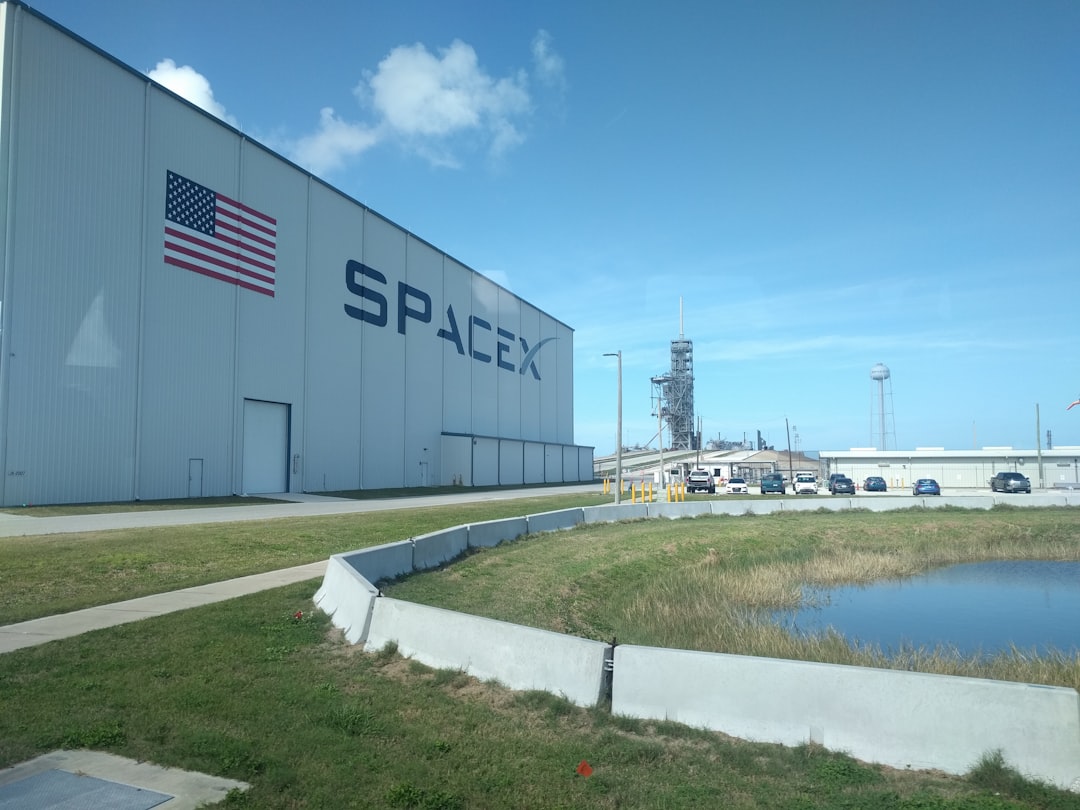
New Mexico’s Spaceport America has evolved from a visionary project into a thriving commercial launch facility, hosting over 30 successful launches in 2024 alone. The state’s unique geography and airspace regulations have attracted companies like Virgin Galactic, which completed its first commercial space tourism flights from the facility in 2023. Recent expansions include new manufacturing facilities and a dedicated training center for commercial astronauts, representing a $150 million investment in the state’s space infrastructure. The spaceport has created over 800 direct jobs and generated an estimated $200 million in economic activity for the region. New Mexico’s commitment to space tourism has positioned it as the primary gateway for civilian space travel on the West Coast.
Maine’s Satellite Internet Infrastructure

Maine has become a crucial testing ground for next-generation satellite internet services, with companies like Starlink and OneWeb using the state’s remote areas to validate their technologies. The state’s challenging geography and weather conditions provide ideal testing environments for satellite communications systems, with over 95% of Maine now covered by satellite internet services as of 2024. Local universities have partnered with aerospace companies to develop advanced antenna technologies, resulting in three major patents filed in the past year. The Maine Space Grant Consortium has facilitated research projects worth over $50 million, focusing on improving satellite connectivity in rural areas. These innovations have direct applications for remote communities worldwide, making Maine’s contributions globally significant.
Montana’s Aerospace Manufacturing Hub

Montana has quietly built a sophisticated aerospace manufacturing ecosystem, with companies specializing in precision components for rockets and satellites. The state’s aerospace sector has grown by 45% since 2023, driven by defense contracts and commercial space ventures seeking cost-effective manufacturing solutions. Major manufacturers have established facilities in Montana to produce everything from rocket engines to satellite sensors, taking advantage of the state’s skilled workforce and lower operating costs. The Montana Space Grant Consortium has invested over $25 million in workforce development programs, training technicians specifically for the aerospace industry. Recent data shows that Montana-manufactured components are now found in over 80% of U.S. commercial satellite launches.
Iowa’s Agricultural Space Technology

Iowa has leveraged its agricultural expertise to become a leader in space-based farming technology and Earth observation systems. The state’s agricultural technology companies have developed satellite monitoring systems that track crop health, soil conditions, and weather patterns with unprecedented accuracy. Iowa State University’s research programs have contributed to NASA’s food production experiments on the International Space Station, with several Iowa-developed growing systems now being tested in space. The state’s precision agriculture sector has grown by 60% since 2023, with space-based monitoring services generating over $300 million in annual revenue. These technologies are now being adapted for potential Mars missions, with Iowa companies playing key roles in developing sustainable food systems for long-duration space travel.
Alaska’s Space Communication Networks

Alaska’s strategic location has made it essential for satellite communications and space surveillance, with the state hosting critical infrastructure for both military and civilian space operations. The Alaska Satellite Facility at the University of Alaska Fairbanks processes over 2,000 satellite images daily, making it one of the world’s largest satellite data processing centers. Recent investments totaling $400 million have upgraded Alaska’s satellite tracking capabilities, enabling more precise monitoring of space debris and active satellites. The state’s unique position allows for optimal satellite coverage of both Arctic and Pacific regions, making it invaluable for global communications networks. Alaska’s space-related economic activity has increased by 75% since 2023, with new facilities supporting everything from satellite manufacturing to space tourism logistics.
Nevada’s Space Testing Facilities

Nevada has become a premier destination for space technology testing, with companies utilizing the state’s vast desert areas and restricted airspace for rocket and satellite trials. The Nevada National Security Site has expanded its commercial partnerships, allowing private companies to test space technologies in controlled environments that simulate lunar and Martian conditions. Recent data shows that Nevada has hosted over 150 space technology tests in 2024, ranging from propulsion systems to habitat modules. The state’s aerospace testing sector has created over 1,200 jobs and generated $500 million in economic activity over the past two years. Nevada’s unique combination of geography, weather, and existing infrastructure has made it indispensable for companies developing next-generation space technologies.
North Dakota’s Satellite Data Services
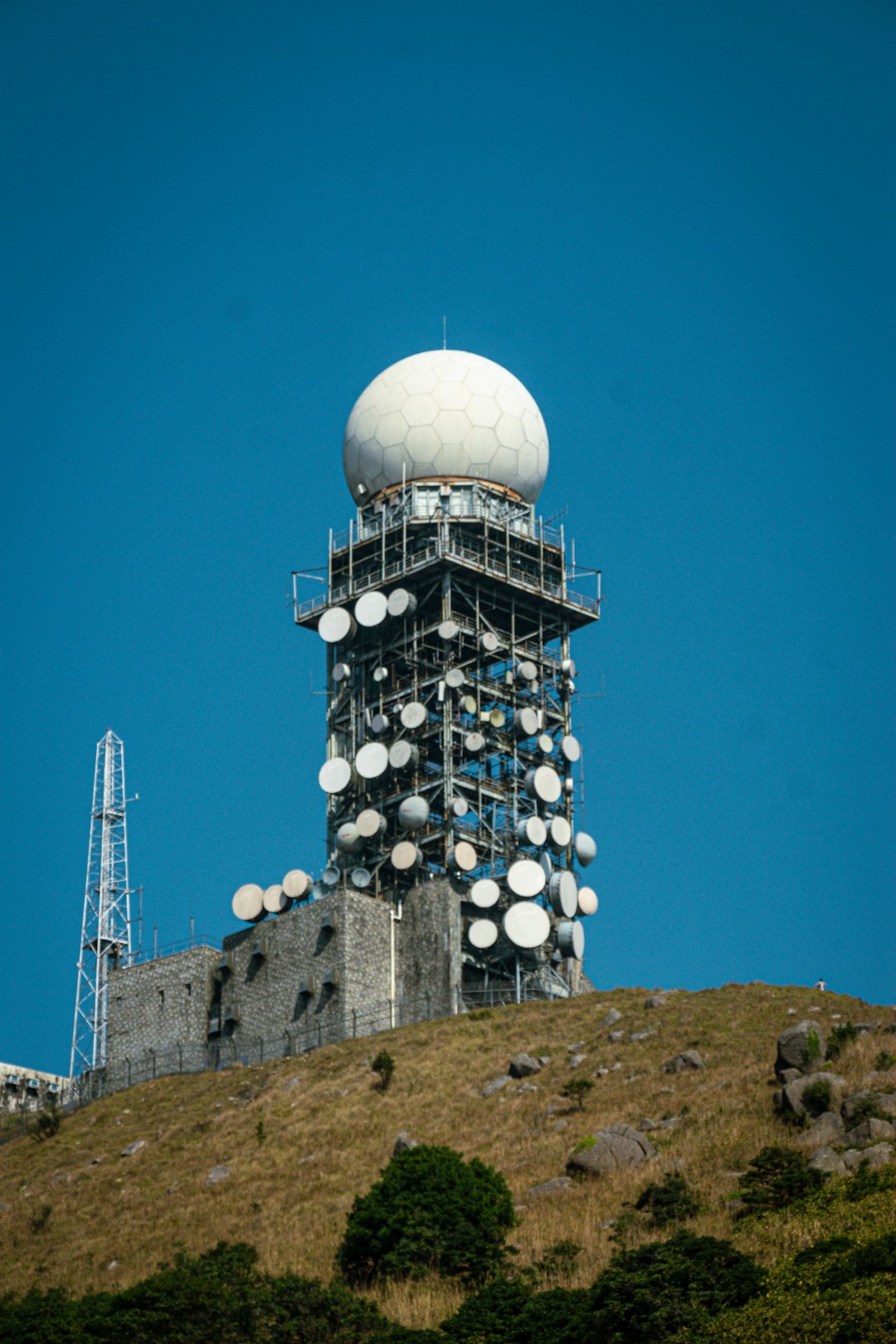
North Dakota has established itself as a major center for satellite data processing and analysis, with the state’s universities and private companies handling massive amounts of space-based information. The University of North Dakota’s Space Studies program has partnerships with NASA and private companies, processing satellite imagery for agricultural, environmental, and defense applications. The state’s data centers now handle over 500 terabytes of satellite data monthly, making North Dakota a crucial hub for space-based Earth observation. Recent investments in high-speed internet infrastructure have enhanced the state’s capabilities, with processing speeds improving by 200% since 2023. North Dakota’s expertise in data analysis has made it valuable for companies developing AI-powered satellite systems and autonomous spacecraft navigation.
Rhode Island’s Ocean Space Research
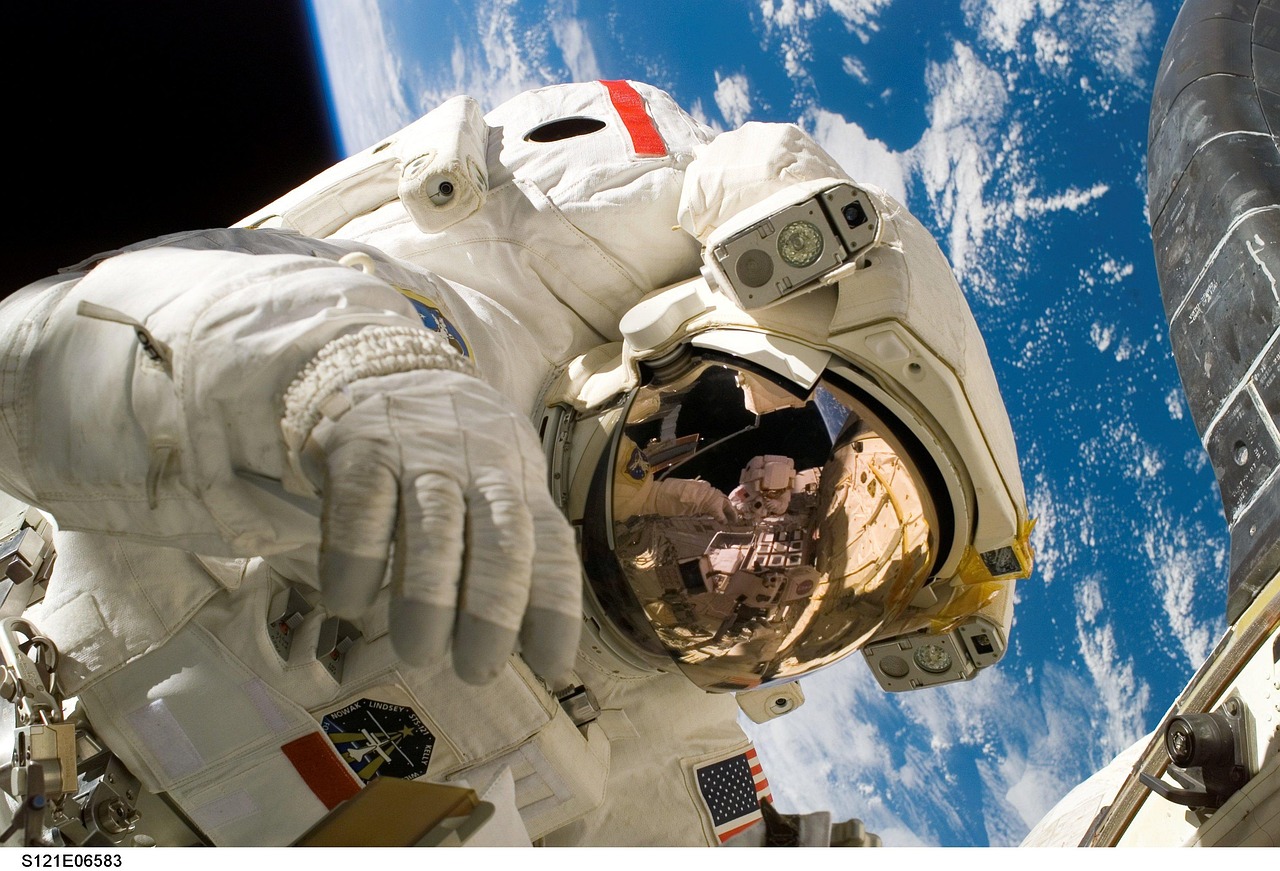
Rhode Island has carved out a unique niche in ocean-space research, developing technologies that bridge marine and space exploration. The state’s expertise in underwater robotics has proven directly applicable to space missions, with Rhode Island companies developing life support systems and robotic technologies for both deep-sea and space environments. The University of Rhode Island’s Graduate School of Oceanography has collaborated with NASA on multiple projects, including the development of autonomous systems for Europa exploration missions. Recent contracts worth over $75 million have positioned Rhode Island companies as key suppliers for future Mars and lunar missions. The state’s small size has enabled rapid innovation cycles, with new technologies moving from concept to deployment in record time.
Kansas’s Space Manufacturing Excellence

Kansas has built a reputation for precision manufacturing in the aerospace sector, with companies producing critical components for rockets, satellites, and space habitats. The state’s aerospace manufacturing sector has grown by 40% since 2023, driven by contracts from both NASA and private space companies. Wichita’s established aviation industry has successfully transitioned many capabilities to space applications, with local manufacturers now producing everything from rocket fairings to satellite structures. The Kansas Space Grant Consortium has invested heavily in workforce development, training over 2,000 technicians and engineers specifically for space manufacturing roles. Recent data indicates that Kansas-manufactured components are integral to over 70% of current U.S. space missions, highlighting the state’s critical role in the nation’s space capabilities.



